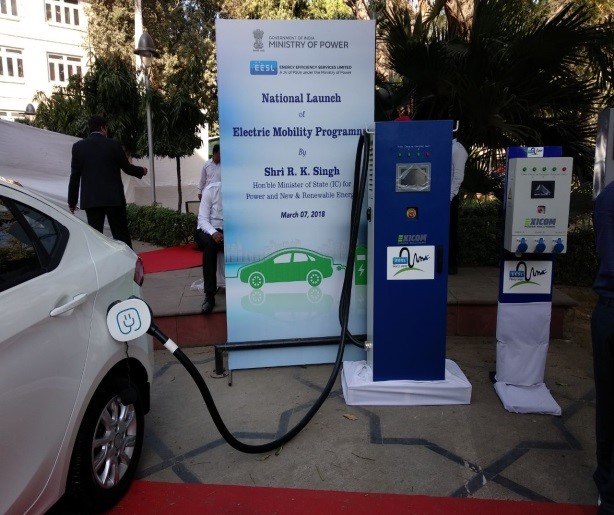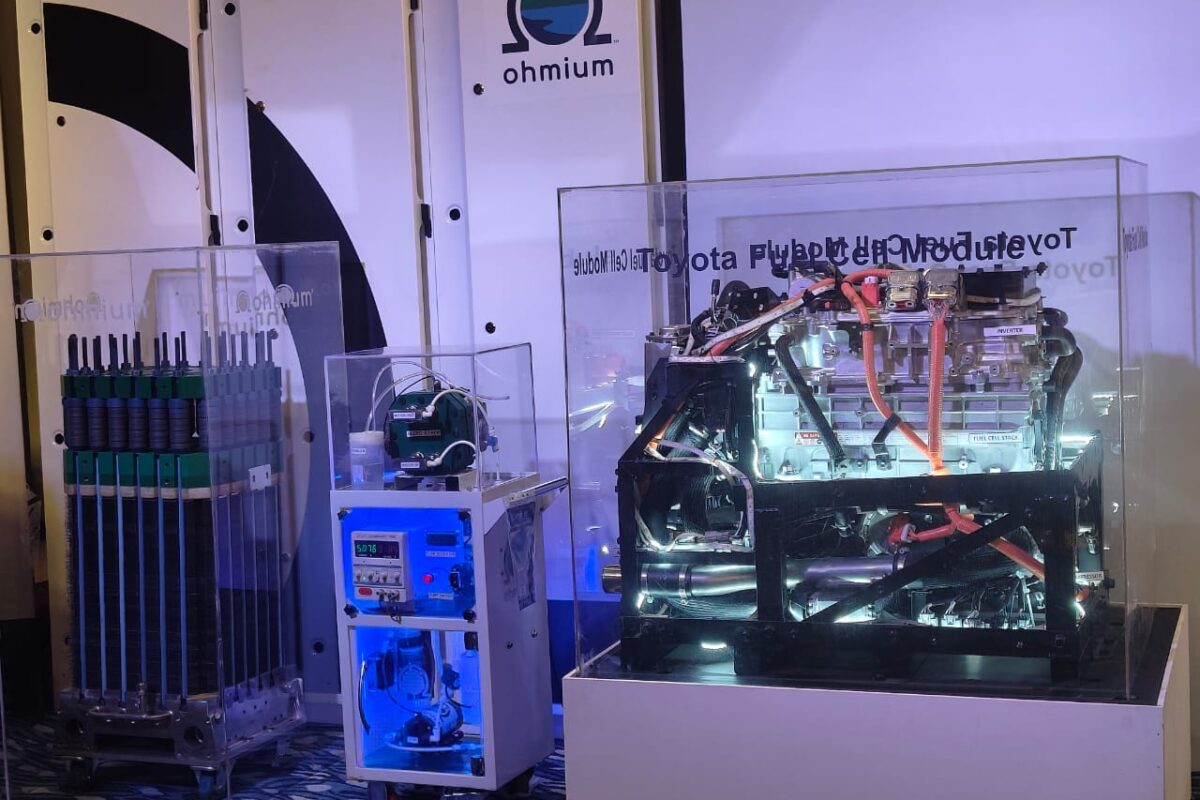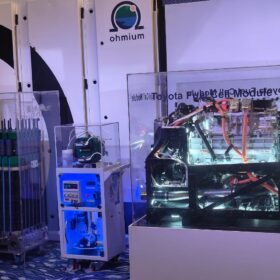Rising concerns about environmental impact, affordability and the advent of new-age technologies are resulting in a comprehensive transformation of global mobility. To address these challenges, electrification of global mobility has emerged as one of the most prominent solutions.
Supplemented by next-gen innovations and originality in critical power systems, electric vehicles are having a robust impact on this revolution, particularly in the two-wheeler segment. In select geographies where two-wheelers are considered as preferred mobility solutions for the vast majority of the population, like India and Thailand, affordability, lower operating costs and governmental initiatives are spearheading the shift to electric mobility. The growing emphasis on EVs is also transforming public transport, as battery-powered buses, auto-rickshaws and trucks are revolutionising commercial transportation — becoming a catalyst to reduce urban pollution.
As per recent prominent reports, two-wheelers dominate India’s booming EV sector, with 1.7 million units sold in FY24. The report also revealed that two-wheeler EVs contributed to over 55% of the annual EV sales, while three-wheelers had 32% of the entire market capitalization. This highlights the growing emphasis on electric mobility in India, particularly on two and three-wheeler segments. Furthermore, the cutting-edge technological innovations in the domain have also contributed to shifting customer preferences in mobility options — highlighting a paradigm change.
Innovations in the space
Innovation and originality are two of the core principles that are driving EV adoption around the globe. To streamline this process, industry stakeholders and OEMs have undertaken significant research & development (R&D) processes in recent years. Some of the key focuses of this enhanced emphasis on R&D processes have been to make advancements in battery technologies, integration of renewable energy to power electric mobility solutions and development of smart grid and microgrid technologies.
The existing battery technology that is powering global EVs primarily consists of lithium-ion — with a balanced mixture of heavy metals and rare minerals like nickel, cobalt, manganese and aluminium. While cathodes are made up of these metals and minerals, anodes are manufactured using graphite. A significant limitation of these batteries is the cost associated with them, along with the shortage of these minerals, safety challenges and temperature susceptibility.
R&D efforts in recent years have made significant advancements in battery technology, resulting in the emergence of lithium iron phosphate (LFPs) and solid-state batteries. These batteries are being widely used in Chinese-manufactured EVs, while making inroads across the globe in the US, Europe and others. Leading EV makers in the industry are increasingly integrating these new-age battery technologies in their offerings, with a focus on making more advancements in solid-state batteries. The objective behind this development is to achieve a longer operational period, increased range, reducing charging time and battery weight.
While automakers are actively working to integrate solid-state batteries as benchmarks to the EV ecosystem, manufacturing them at scale has proved to be a challenge and is expected to reach the market by the end of the decade.
Another critical part of the innovations in the domain has been the integration of renewable energy sources to power electric mobility. Presently, the vast majority of EV charging stations worldwide are powered by conventional energy sources — a contributor to greenhouse gas emissions and environmental impact. This is why industry stakeholders in the EV charging space have taken an environmentally responsible proactive approach to cater to the shifting customers’ demands to ensure a greener future.
Renewable energy sources like solar, wind and hydroelectricity are being increasingly incorporated to power EVs — an aspect that has been successfully incorporated in the Netherlands and Norway. Furthermore, development efforts are underway to establish smart and microgrids — primarily to enhance the reliability of the grid networks.
Strategic collaborations to scale infrastructure
As the EV ecosystem extends its footprint, maintaining reliability and efficiency is becoming one of the pressing concerns for industry stakeholders. To achieve this, strategic collaborations with the government and private sectors are being made in a bid to optimise energy distribution based on grid capacity and user demand. The governments of the world are also providing a favourable outlook to the sector by incentivizing the EV ecosystem for end-users, along with policy and regulatory support. This is helping both charger manufacturers and customers to extend supportive infrastructure around the world, ensuring absolute coverage of the entire ecosystem.
Another focus of these collaborations is to ensure last-mile connectivity in the transformed transport ecosystem. As the popularity of EVs increases, ensuring last-mile connectivity becomes one of the key concerns for stakeholders. However, it is also being addressed through reduced operational cost, environmental benefits, and governmental & private sector support along with the emphasis on creating two and three-wheeler options for users. With zero emissions in their wake, EVs offer a more advanced yet responsible mobility option for the world, contributing to the comprehensive transformation to ensure a greener tomorrow
The views and opinions expressed in this article are the author’s own, and do not necessarily reflect those held by pv magazine.
This content is protected by copyright and may not be reused. If you want to cooperate with us and would like to reuse some of our content, please contact: editors@pv-magazine.com.








By submitting this form you agree to pv magazine using your data for the purposes of publishing your comment.
Your personal data will only be disclosed or otherwise transmitted to third parties for the purposes of spam filtering or if this is necessary for technical maintenance of the website. Any other transfer to third parties will not take place unless this is justified on the basis of applicable data protection regulations or if pv magazine is legally obliged to do so.
You may revoke this consent at any time with effect for the future, in which case your personal data will be deleted immediately. Otherwise, your data will be deleted if pv magazine has processed your request or the purpose of data storage is fulfilled.
Further information on data privacy can be found in our Data Protection Policy.